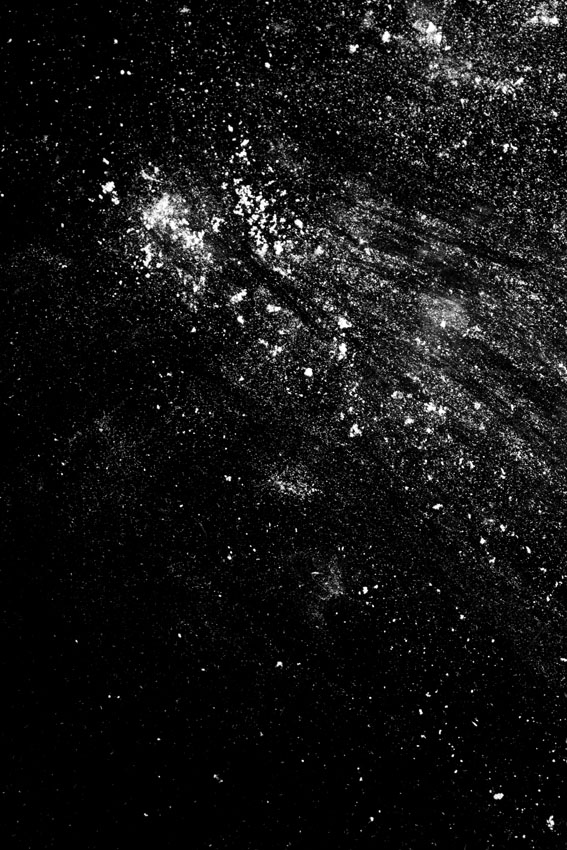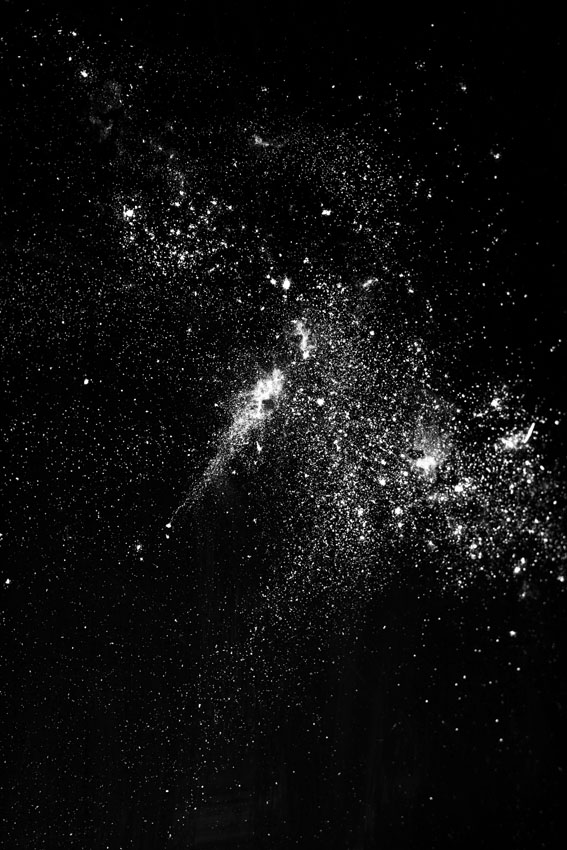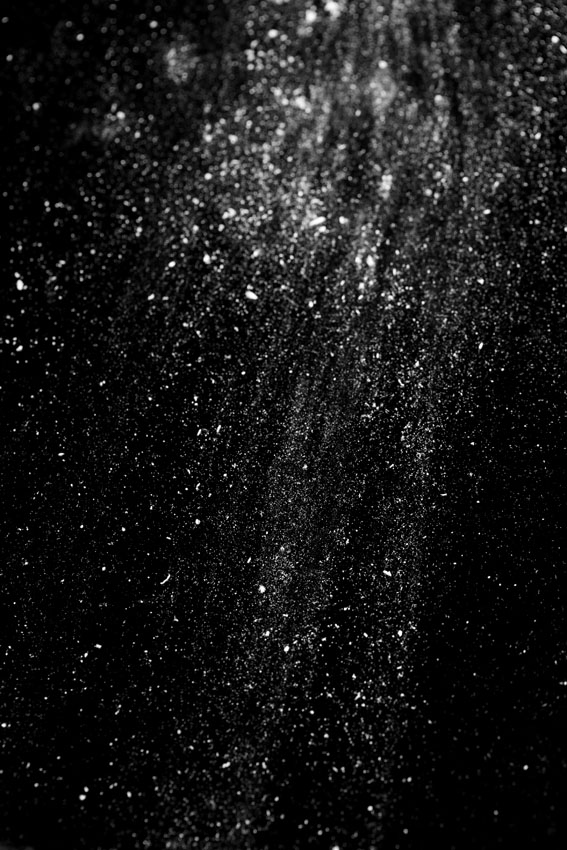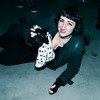James Tunks is obsessed with outer space. The Frankfurt-based Australian artist takes the galaxy's 88 constellations as inspiration for his newest works, which recently premiered at the Center for Contemporary Photography in Melbourne. Now, the space-based photos are going to be released in a book with art publishing house Perimeter Editions.The photographs are based on historical photographs of E. E. Barnard, a 20th century American astronomer. Tunks staged the photos by arranging everyday and not-so-everyday materials like powdered Aspirin, dried coconut, squid ink, human eyelashes, and ground espresso to look like distant stars. "The photographs are made from crushed and pulverised matter that I photograph to look like interstellar nebula," he tells Creators.
Advertisement

His new book is being based on this series, entitled "Elsewhere," which showed at the CCP. "It combines his fascination with astronomical photography, indirect forms of self-portraiture and the transmutation of objects and images," says Adelina Onicas at CCP."Instead of photographing stars themselves, Tunks constructed the photographs using predominantly found and accumulated materials—the process echoes the history of astrophotography and its astronomical pioneers such as Edwin Hubble."

Each photo title is a little self-indulgent, and you suspect there's a tendency to exaggerate and embellish. One photo claims to include crushed items like a "paperback cover of Jorge Luis Borges 'Labyrinths'" and "Icelandic flag sew on embroidered patch," while another says the photo includes "24k gold leaf" and "reproduction of world's first colour photograph by Thomas Sutton."According to Tunks, the inspiration for the series ranges from Stanley Kubrick's 2001: A Space Odyssey to a Persian constellation map from 6th Century CE. Like the photos of the Milky Way taken by E.E. Barnard, they raise questions on the authenticity of our relationship with outer space. The works are an illusion, but maybe so is looking into the night sky in the first place, right?

As E.E. Barnard himself once said, "It is quite possible we may have formed entirely erroneous ideas of what we actually see. The greenish gray patches may not be seas at all, nor the ruddy continents, solid land. Neither may the obscuring patches be clouds of vapour. Man is too quick at forming conclusions."You can find out more about James Tunks here and order his book here.Related:These Stellar Galaxies and Nebulas Were Created in the Darkroom
A Closer Look At Guardians Of The Galaxy's Stellar Computer Interfaces
Ethereal Mesh Sculptures Meld Earth Science and Alien Worlds
